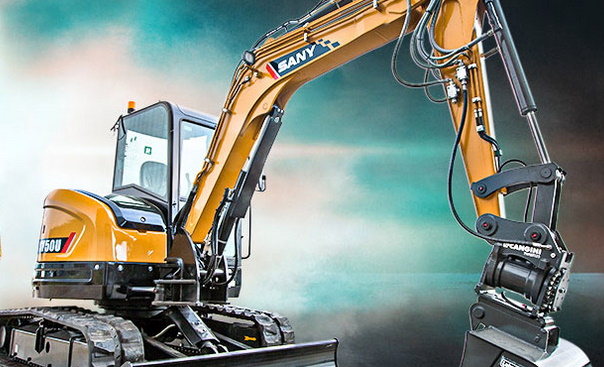How to Determine When the Job Requires a Large Excavator

Choosing the right tools and equipment to get your job done efficiently should be a primary concern at the beginning of each project. You need to know exactly what you have to accomplish and create a plan that encompasses each stage of the work.
Excavators are one of the most valuable pieces of equipment you can have on a job site because of their versatility and usefulness. You can change out attachments to tackle a number of necessary tasks.
There is an entire range of sizes available to choose from. A larger-scale job usually requires large excavators, but the right one for your particular job depends upon a number of factors. Here are some of the top things to consider when making your decision. Jobsite Characteristics
Before any decisions can be made about the size of the excavator that is needed, you should familiarise yourself with the site where the work will take place. Different circumstances demand different approaches to get the work done safely and accurately.
When you are selecting an excavator size, take into consideration its full operating weight, power and capabilities, dimensions, and tail swing-key factors to evaluate when browsing earth moving machinery for sale. You want to choose an excavator that is strong and durable enough to complete the job, without causing any damage to the site. If there is any question, you may need to map out the area so you can verify that the worksite can accommodate the size of the excavator you choose.
If the job takes place in a small area, or an urban setting, you may be more limited in your choices. Obstacles such as trees, buildings, and tight spaces may necessitate the use of mini excavators, (preferably a Sany mini-excavator) simply because no others would be able to fit in the space where they are needed.
You can use a larger machine in open areas where there is room to maneuovre. They are also best for demolition work and tasks such as earthmoving, digging, and lifting on unfinished job sites. While powerful, the sheer weight can damage the ground of a soft or finished area that has been landscaped. This even includes footpaths and other surfaces that the excavator may need to cross.
Type and Scale of Work
Big jobs need more powerful equipment. Large excavators are great for commercial construction sites. They can move large amounts of earth to dig out foundations for buildings or to install pipelines. These excavators can save a lot of time and move the job forward to completion faster because they can be used seamlessly to handle each phase of a job. Instead of switching out your equipment, an excavator can dig out and move the earth, lift it, and load it into trucks to be hauled away. They are also useful for loading heavy materials and transporting them to the correct part of the jobsite.
A heavy-duty excavator is not as mobile as smaller models, but it has the capacity to handle tough jobs. Determine the nature of the work that needs to be done. Earthmoving on a large scale is best done by a bigger piece of equipment. They have the power and reach to dig deeper into the ground and to lift and load heavier burdens.
Transportation and Cost
It's no surprise that larger excavators cost more money. The expense goes beyond the initial price of purchase or rental. You also need to think about the logistics of how the equipment will be delivered to the site. The bigger the equipment is, the more difficult it will be to transport, and even store. You need to keep it in good shape to avoid any delays due to breakdowns, damage, or malfunctions.
Despite the added cost of a larger excavator, they are true workhorses. If you try to go with a small excavator, you could even waste money if you find that the equipment is not up to the task. You may damage the excavator or find that the work progresses much too slowly, or that you are limited with what you can do.
Check out the job site and list the various tasks that need to be taken care of. Once you have all the relevant information, you can make an informed decision and select the best equipment to help you get the job done quickly and efficiently.




